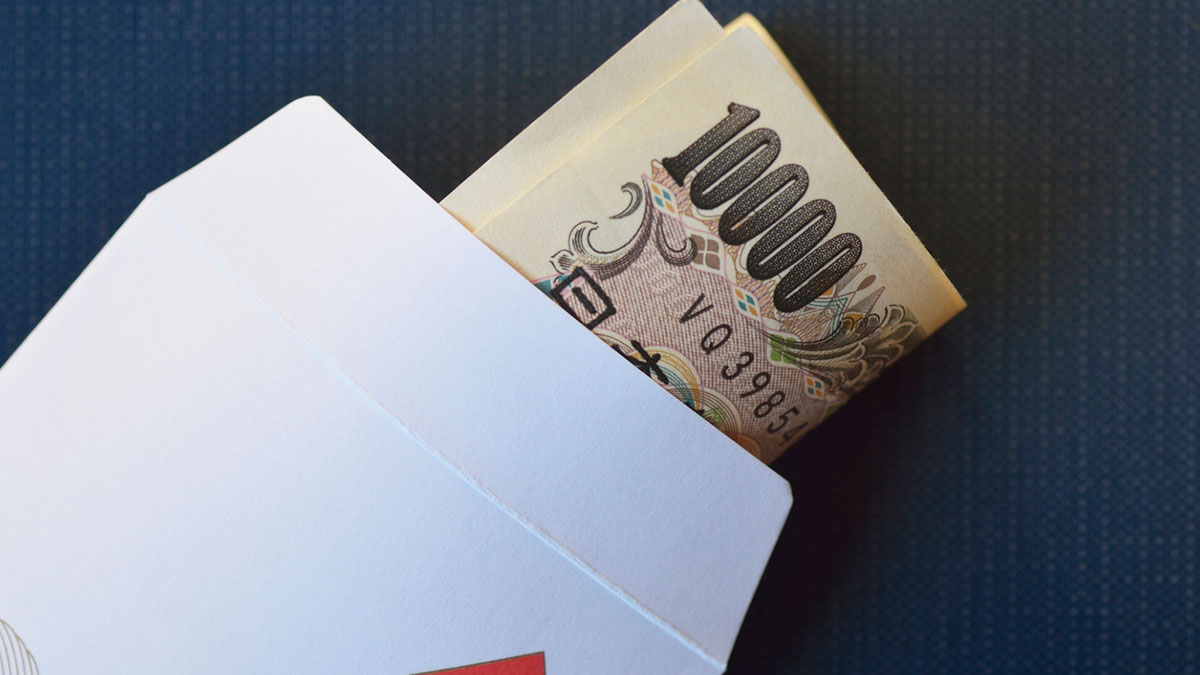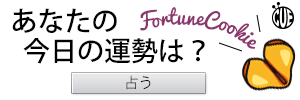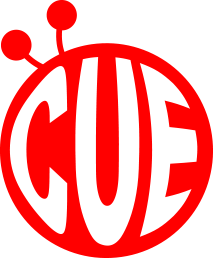日本の文化・習慣「お年玉」を英語で説明できる? ネイティブの英語フレーズ
何で子どもにお金をあげるの?
説明してみよう!

子どもにあげるお年玉。外国人の友達に説明できますか? また、どうしてあげる風習ができたのか知っていますか? 現代のお年玉の習慣やそもそもの起源について、外国人の友だちに英語で説明してみましょう。
現代のお年玉について説明しよう
In Japan, there is a New Year holiday where family and relatives get together.
毎年新年にはお正月休みがあって、親戚で集まります
On New Year, Japanese children receive gifts of money known as “Otoshidama”.
子どもはお正月に「お年玉」と呼ばれるお金をもらいます
Otoshidama is given to children by adult relatives such as uncles, aunts and grandparents.
お年玉は親戚のおじさんやおばさん、おじいちゃん、おばあちゃんなど、成人から子どもにあげます
The New Year holiday can become expensive because of this custom.
このため大人はお正月に出費がかさみます
When a child receives Otoshidama, their family reciprocates by also giving it to children in the other family.
大人は自分の子どもがもらったら、相手の子どもにもあげます
The amount of Otoshidama given depends on the child's age.
もらえるお年玉の金額は年齢によって変わります
The amount of Otoshidama grows as the child becomes older, for example, 1000 yen for children under 10, and 3000 yen for children over 10.
小学1年生なら一人の大人から千円程度、小学校3年生になると3千円程度と、年齢が高くなるにつれて増えます
Generally, children receive Otoshidama until they graduate from school.
一般的には学生の時までお年玉を渡している大人が多いです
However, even some university students still receive it.
中には大学生になっても、お年玉をもらっている人もいます
Otoshidama is enclosed in little envelopes called Pochibukuro.
お年玉は「ぽち袋」と言われる、小さな封筒に入っています
Pochibukuro have cute designs with famous characters and they are available at convenience stores over New Year.
キャラクターが描かれたぽち袋などもあり、お正月の間はコンビニでも買えます
Otoshidama is one of the exciting traditions of New Year, which children look forward to very much.
子どもにとってはとっても楽しみなお正月行事のひとつです
Children generally use the money to buy the toys they want.
子どもたちはそのお金で何か新しいおもちゃを買います
The remainder is saved by their parents for the child's future.
残りは将来の学費や進学のために親が貯金しておきます
お年玉の由来について説明してみよう
In Japan, we decorate Kagamimochi rice cakes over New Year to welcome our Shinto gods.
新年には鏡餅を飾って、お正月には神様を迎えます
Japanese people used to believe that the Shinto god Toshigami dwells inside Kagamimochi.
鏡餅には年神様(としがみさま)が宿ると信じられていました
For these reasons, Kagamimochi were also called Toshidama, which means "the spirit of Toshigami".
このため鏡餅は別名「年魂(としだま)」(年神様の魂)と呼ばれていました
With a wish of good health for their families, Japanese people crush Kagamimochi into pieces before eating them.
その年の1年の家族の健康を祈って、鏡餅はお正月の終わりに割って家族で食べます
Although Japanese people still retain this custom, over the course of many years we also developed new traditions, including giving gifts of money to children.
この風習は今でも残っていますが、長い歴史の中で「子どもにお年玉」という現金をあげる風習が生まれました
In Japanese households, it was usually the father who crushed and gave away the Kagamimochi, and from that developed the tradition that elders looks after youngsters. This is the background of Otoshidama.
鏡餅を分け与えていたのが父親で、それがいつしか目下の人にあげるもの、として「お年玉」の文化に受け継がれています
翻訳/Yurika L Fabre



















